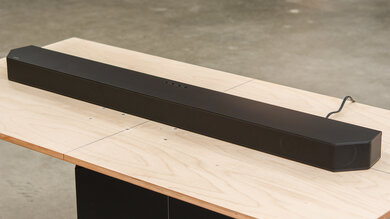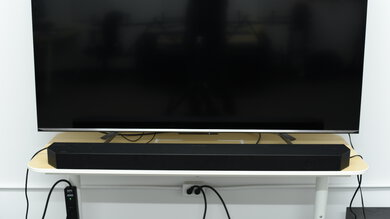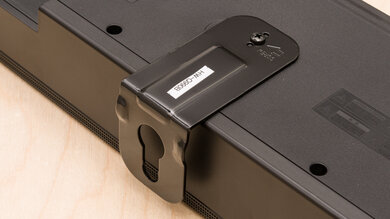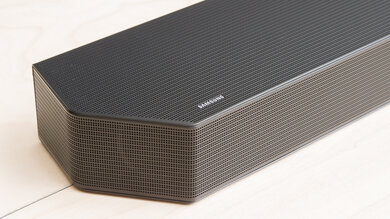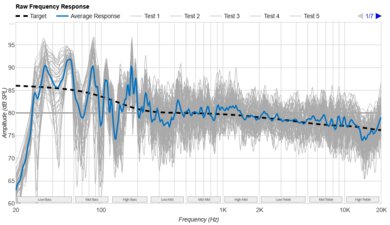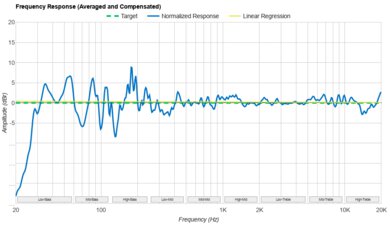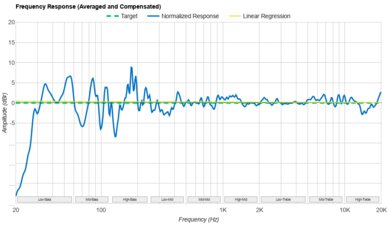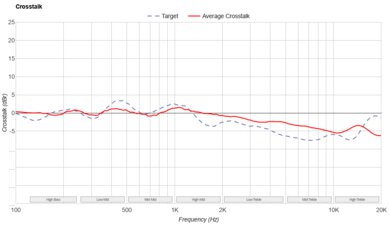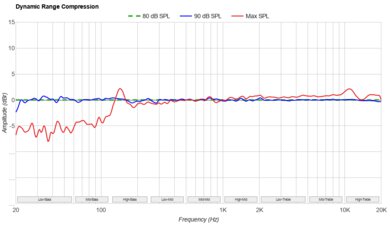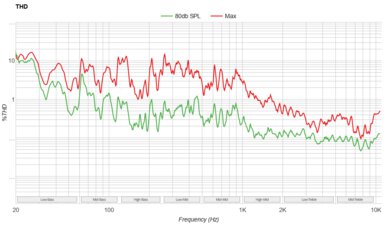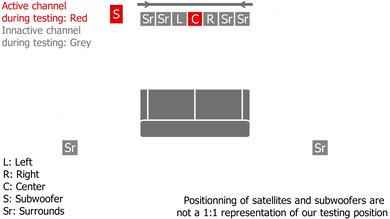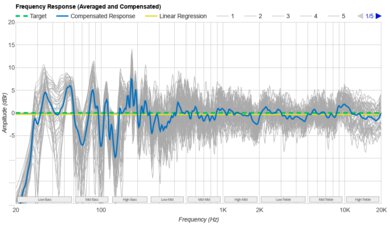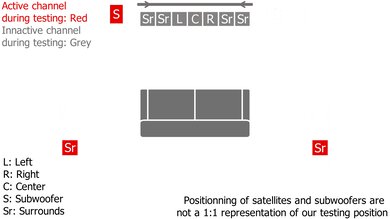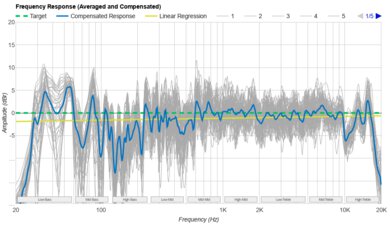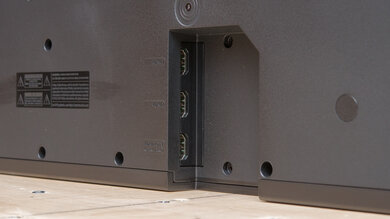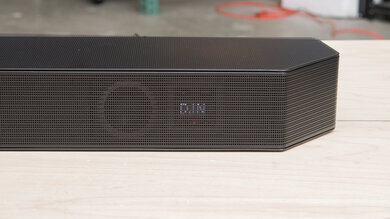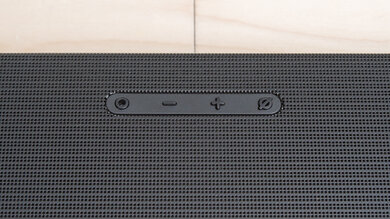The Sonos Ray is an affordable offering from the manufacturer released in 2022. This entry-level 2.0 soundbar is easy to integrate into your existing Sonos ecosystem using the Sonos S2 app. While it doesn't support Dolby Atmos content like the Sonos Beam (Gen 2) or the Sonos Arc, it can playback 5.1 surround sound content like Dolby Digital and DTS. You can upgrade the setup down the line with the Sonos Sub and speakers like the Sonos One SL or the Sonos Five.
Our Verdict
The Sonos Ray soundbar is acceptable for mixed usage. It's a simple bar that shines for vocal clarity, making it a solid choice if you want an upgrade over your TV speakers. As a standalone bar, it fails to provide the rumble in the bass range that brings action-packed scenes to life, but if you're mostly listening to vocal-centric content, you won't notice it. Naturally, it doesn't have as many features as Sonos' more premium offerings—there's no Dolby Atmos support, for example.
- Clear and accurate vocal reproduction.
- Room correction feature with iOS devices.
- Dialogue enhancement mode.
- Lacks low-bass.
- No Dolby Atmos support.
- No HDMI.
The Sonos Ray soundbar is decent for dialogue-heavy TV shows and podcasts. Its balanced, neutral mids mean that voices reproduce clearly and with detail, and there's a dialogue enhancement mode and a night mode feature to balance out the volume level when you watch TV at night. However, since it's a 2.0 setup, there isn't a discrete center channel to help provide a more clear and real representation of dialogue in the soundstage like you get with more premium models.
- Clear and accurate vocal reproduction.
- Dialogue enhancement mode.
- No graphic EQ.
- No Bluetooth support.
The Sonos Ray is fair for music. If you have a compatible iOS device, you can use its Trueplay room correction feature in the Sonos S2 app to optimize audio reproduction based on your room's unique acoustics. Its sound profile is pretty neutral, especially in the mids. You can adjust its sound, too, using its bass and treble adjustments. However, like most standalone bars, it doesn't provide the deep thump and rumble in the low-bass you find in genres like hip-hop. You can add on a separate sub, but it's pricey.
- Clear and accurate vocal reproduction.
- Room correction feature with iOS devices.
- Lacks low-bass.
- No graphic EQ.
The Sonos Ray is disappointing for movies. There's no Dolby Atmos support, so you can't take advantage of the full immersive experience with certain movies on streaming platforms. It can handle 5.1 surround sound formats like Dolby Digital and DTS; however, it has to downmix it into stereo to play it. While you can add a subwoofer or rear speakers for better performance, these extras aren't cheap, and movie lovers will probably prefer a bar with the full setup included.
- Clear and accurate vocal reproduction.
- Room correction feature with iOS devices.
- Lacks low-bass.
- No Dolby Atmos support.
- No HDMI.
Changelog
- Updated Jun 16, 2023: Rewrote the review text for clarity. No changes in test results.
- Updated Mar 30, 2023: Added a market comparison to the Samsung HW-S60B/S61B in the Height (Atmos) box.
- Updated Mar 20, 2023: Added cable lengths to In The Box.
- Updated Mar 16, 2023: Converted to Test Bench 1.1. With this update, we've added a Mounting test and added information aboutSubwoofer Output, Spotify Connect, and Microphone Mute.
Check Price
Differences Between Sizes And Variants
This soundbar comes in two color variants: 'Black' and 'White'. We tested the 'Black' variant, and you'll find the label for our model here. We expect that the 'White' variant will offer similar performance.
If you encounter another version of this soundbar, let us know in the discussions, and we'll update our review.
Popular Soundbar Comparisons
The Sonos Ray is the manufacturer's budget-friendly soundbar. It's for those who want to get in on the brand with a simple, plug-and-play upgrade over their TV speakers, much like the Bose TV Speaker. It's a solid pick if you're already a fan of the Sonos ecosystem, and its pleasant vocal clarity makes it a fair choice for music and dialogue-focused TV shows. You can find better offerings for movies with a dedicated subwoofer and even rear satellites included for the same price as the Sonos bar—but fans of the Ray will likely appreciate its small, compact design in the first place.
See our recommendations for the best small soundbars, the best budget soundbars, and the best soundbars under $300.
The Sonos Beam is better than the Sonos Ray. The Beam is a 3.0 setup, meaning it has a discrete center channel to improve dialogue reproduction, unlike the Ray. It can reproduce a bit more rumble in the bass range, and its soundstage offers a much wider, more immersive listening experience. There's also an HDMI input, which the Ray lacks.
Depending on your listening habits, you may prefer the Bose TV Speaker or the Sonos Ray. They're both budget-friendly 2.0 setups that are best with music and dialogue-focused TV shows. However, the Bose can reproduce a more extended low-bass, making you feel more rumble in the mix. Unlike the Sonos, it supports HDMI connectivity, too. However, the Sonos comes with more sound enhancement features, such as room correction, and it lets you connect to the Sonos ecosystem through its Sonos S2 app. There's even DTS support, which the Bose lacks.
The Sonos Beam (Gen 2) is better than the Sonos Ray. The Beam is a 5.0 setup with better soundstage and surround performances, and unlike the Ray, it has Dolby Atmos support. It has a more extended low-bass, so you feel more rumble in the mix. There's HDMI connectivity and built-in voice assistant support, which the Ray lacks. However, the Ray is a more affordable option, and it's still a pretty decent choice for vocal-centric TV shows and music.
The Sonos Arc is a better standalone soundbar than the Sonos Ray. The Arc is a 5.0.2 setup that supports Atmos content, unlike the Ray. It has better soundstage, center, and surround performances and offers HDMI connectivity. The Ray offers a better value for listeners who want a simple setup for music and TV shows.
Test Results


